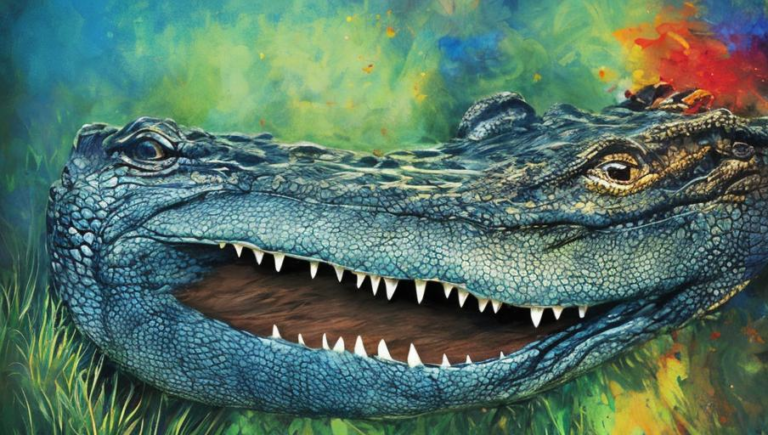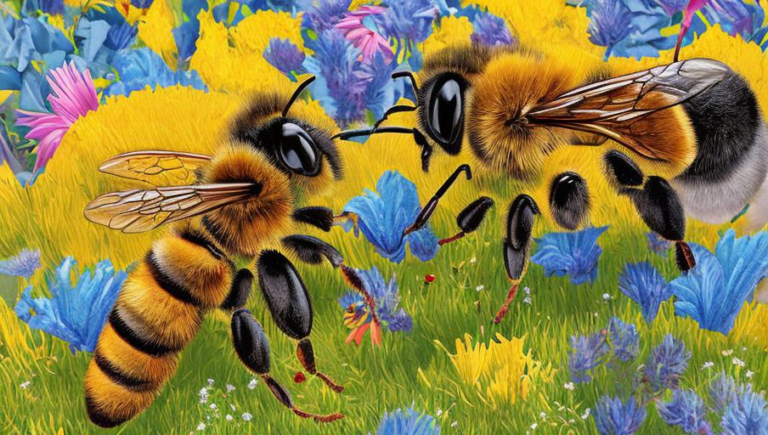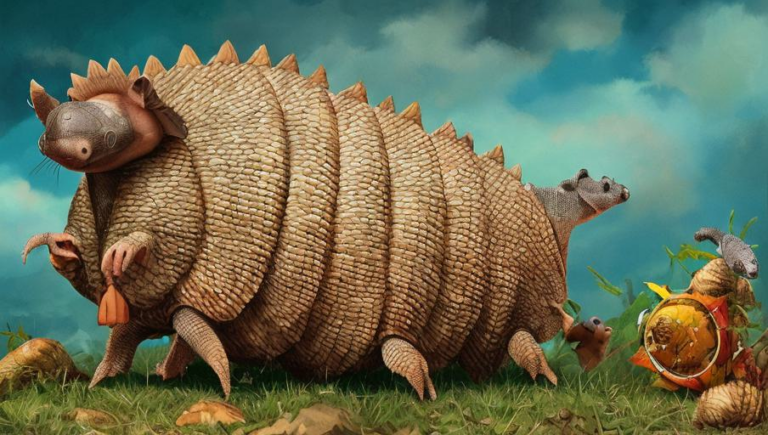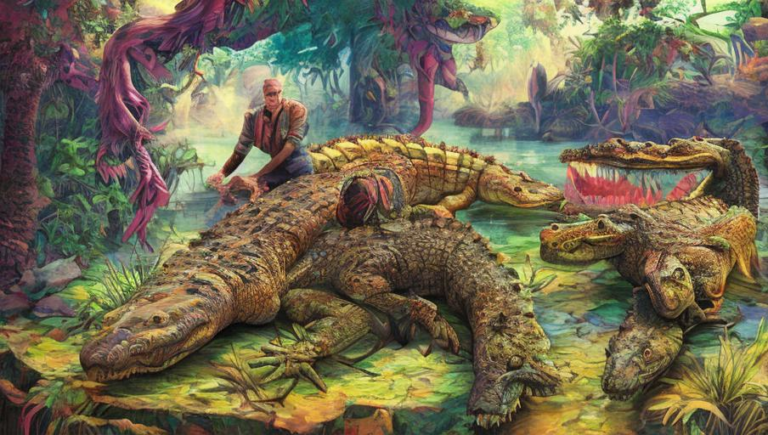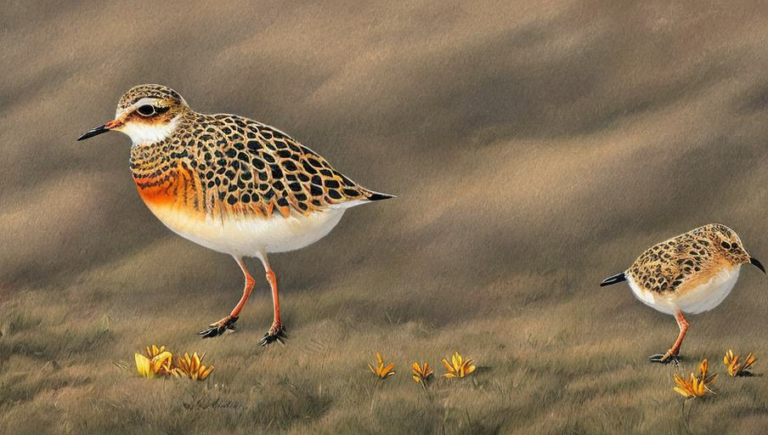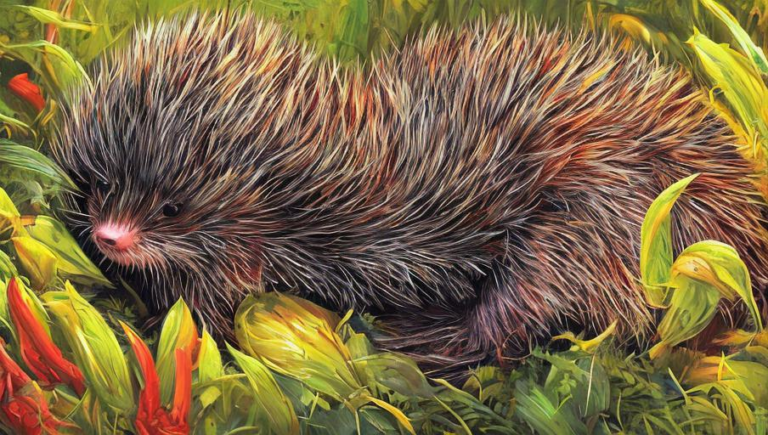Estimating the Size of Ant Colonies
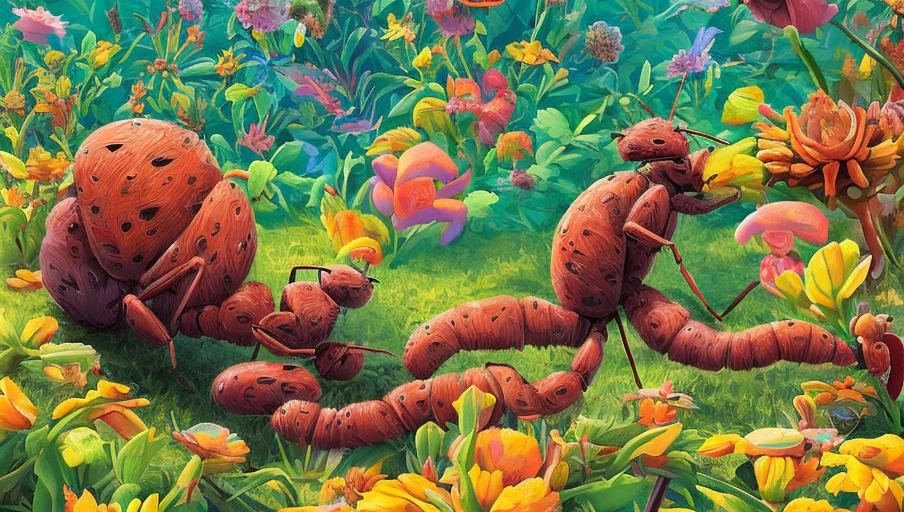
What Is the Size of an Ant Colony?
Ant colonies can range in size from a few individuals to millions of ants. The size and complexity of an ant colony is determined by the species of ant and their environment. For example, certain types of carpenter ants can form colonies that can number in the thousands, while other species may have colonies with millions of ants.
Factors that Affect the Size of an Ant Colony
The size of ant colonies is determined by a variety of factors, including the species of the ant, the availability of food, and the environment they live in. Different species of ants have different nesting habits and food sources, which can affect the size of their colonies. In some species, like fire ants, the size of their colonies can be greater than other species due to their larger food sources and ability to form large mounds.
Estimating the Size of an Ant Colony
When trying to estimate the size of an ant colony, it is important to take into account the different factors mentioned above. The easiest way to estimate the size of an ant colony is to observe the size of the nest. Nests can range in size from a few inches to several feet in diameter, depending on the species of ant and the environment they live in. The larger the nest, the larger the colony.
In addition to observing the size of the nest, it can also be helpful to observe the activity of the ants. If you notice a large number of ants around the nest, it is likely that the colony is quite large. Additionally, if the ants are active and seem to be doing a lot of work, such as bringing food back to the nest, it is likely that the colony is well-established and quite large.
Conclusion
Estimating the size of an ant colony can be tricky, but by taking into account the species of the ant, the size of the nest, and the activity of the ants, it is possible to get a rough estimate. Knowing the size of an ant colony can be useful in understanding the behavior of the ants and how to protect them from predators or other threats.
